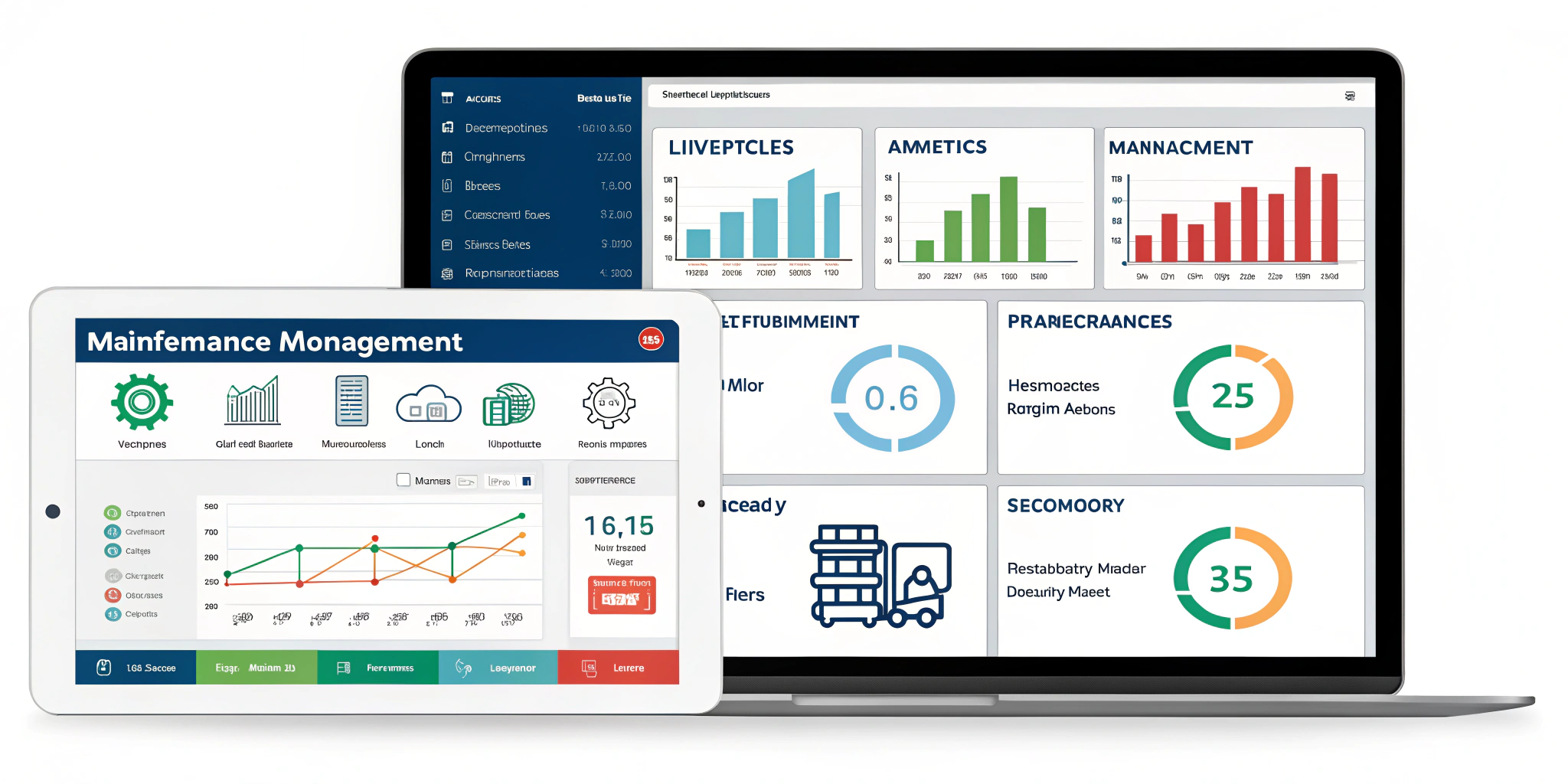
If you’re running a business that relies on physical assets, you’ve likely asked yourself how to calculate the useful life of an asset. Guessing isn’t good enough. Shorter asset life means higher costs, unplanned downtime, and lost profits. Most businesses don’t realize they’re losing money simply because their assets fail too soon. But there’s a fix — and it starts with the right system, not complicated math.
When you understand asset life, you’re in control. You know when to repair, replace, or retire. And when paired with Asset Management Software, you stop relying on outdated spreadsheets and get real answers — fast.
Let’s walk you through how to make your assets last longer with simple, actionable steps.
What is asset useful life, and why does it matter?
Useful life means how long an asset can be expected to perform efficiently before it breaks down or becomes too costly to maintain. If you don’t know this, you’re always reacting — never planning.
Assets with undefined life cycles often fail without warning. That leads to emergency repairs, frustrated teams, and unplanned expenses. Knowing an asset’s useful life gives you a roadmap for budgets, maintenance, and replacement timelines.
Common reasons assets wear out too early
Many businesses face early asset failures due to a few avoidable mistakes:
-
Skipping routine maintenance
-
Not tracking usage or condition
-
Poor recordkeeping
-
Using outdated tools for monitoring
-
Relying on guesswork instead of data
These issues don’t just reduce performance — they kill your equipment earlier than expected.
How to calculate the useful life of an asset simply?
You don’t need to be an accountant to do this. The basic formula is:
(Purchase Price – Salvage Value) ÷ Estimated Useful Life in Years
Let’s break that down:
-
Purchase Price: What you paid for the asset
-
Salvage Value: What you expect to get when it’s sold or scrapped
-
Useful Life: How long the asset will deliver value
Example: You bought a machine for $10,000, expecting to sell it for $2,000 in 8 years.
($10,000 – $2,000) ÷ 8 = $1,000 depreciation per year
This gives you a clear number around which to plan your budgets and maintenance.
How does AM (Asset Management) Software help you get it right?
Manual tracking is messy. It’s time-consuming and error-prone. That’s where AM Software steps in.
Here’s how it makes the process easier:
-
Automatically tracks purchase dates and usage
-
Notifies you of upcoming maintenance
-
Calculates depreciation and useful life for you
-
Gives you a full asset history in one place
This software isn’t just for big corporations. It’s affordable and adaptable for businesses of all sizes. Once in place, it quickly pays for itself in saved time, fewer breakdowns, and smarter decisions.
Why does calculating useful life boost profits?
When you calculate useful life correctly, you gain more than just a number. You gain control over:
-
Budget forecasting
-
Replacement scheduling
-
Preventive maintenance planning
-
Asset ROI evaluation
You’re no longer making guesses. You’re using data to make smart decisions that stretch every dollar. You also reduce emergency repairs, which cost more than planned fixes.
The result? Smoother operations, less downtime, and more money saved.
Don’t forget the role of Equipment Lifecycle Management
Though we won’t dive deep into technical terms, it’s worth mentioning that Equipment Lifecycle Management is the big-picture view of how long each piece of equipment adds value.
It connects useful life data to everything from purchase to retirement. And with proper tracking, it becomes a powerful tool for long-term planning. Think of it as the timeline that helps your assets live longer and perform better.
Signs you’re not managing asset life properly
Are you doing this right? Here are red flags:
-
You don’t know when assets were purchased
-
You fix things only when they break
-
Your maintenance costs keep rising
-
There’s no system to track depreciation
-
Your team scrambles when equipment fails
If any of these sound familiar, it’s time to take a smarter approach. And the good news? It’s easier than you think.
Take action before it’s too late
Every day without a clear asset plan is a day of unnecessary risk. Your assets work hard. They deserve attention — and your business deserves reliability.
Start by calculating useful life with the formula above. Then invest in tools that make the process seamless, like Asset Management Software. You’ll be surprised how much it improves operations across the board.
Conclusion
Your assets don’t have to die young. With the right approach, you can extend their life, reduce costs, and bring more stability to your business. The key is understanding how long each asset can perform — and using smart tools to track and plan every step.
By combining clear calculations with reliable Asset Management Software, you gain the visibility and control your business needs to run smoothly. No more surprises. No more costly downtime.
Want to know how to calculate the useful life of an asset the easy way? Start using MicroMain to track, manage, and maximize your assets without the guesswork.